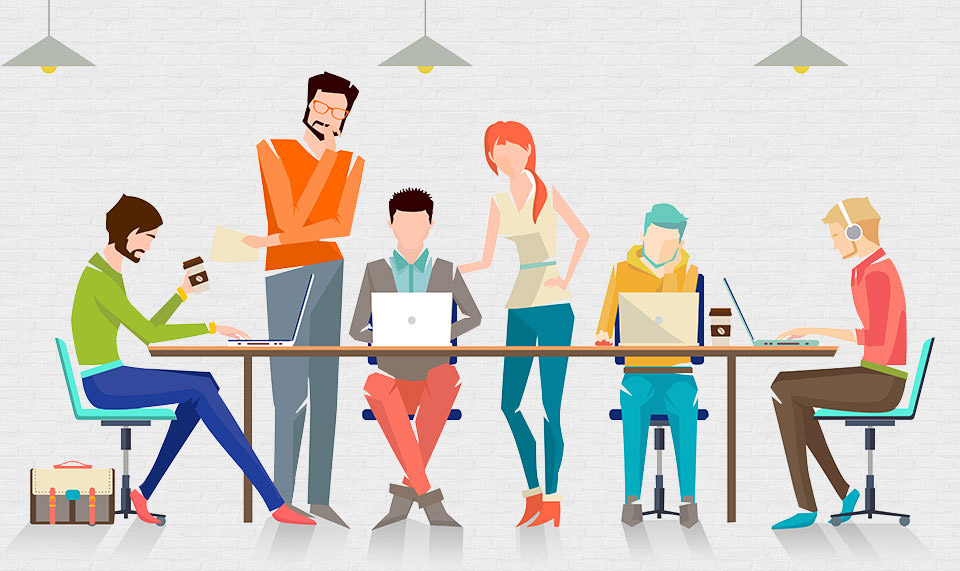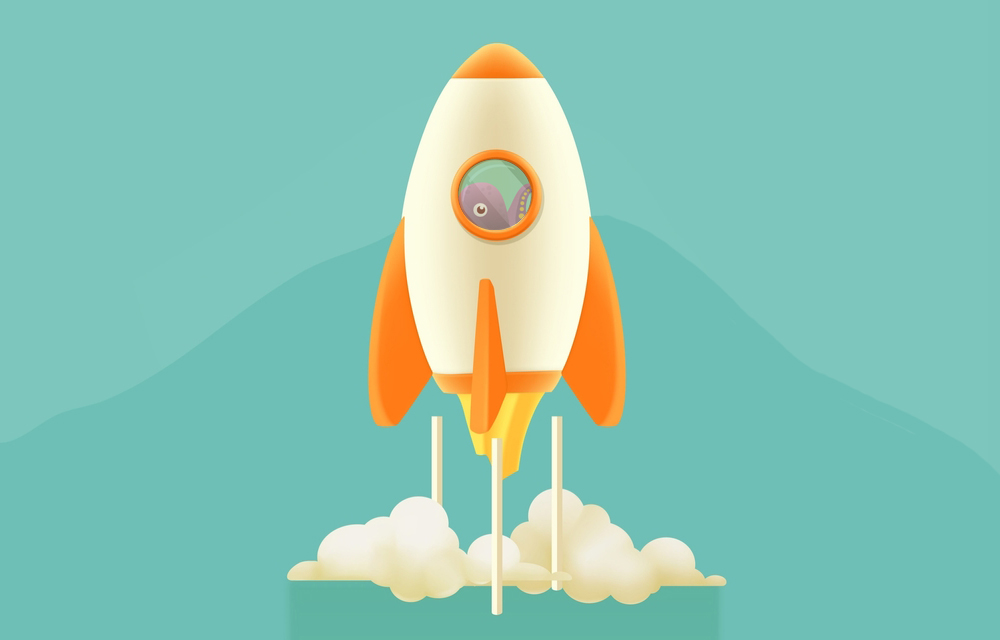The way we work

At this stage it’s important to discuss in details and understand the clients’ needs and expectations. We will investigate on your initial requirements absolutely for free and deliver reports in the shortest period of time.
Depending on your needs, our managers will investigate on your initial app requirements, mockups (if applicable), documentation and other information needed for the project. Ideal client should provide to us the following:
- ready design of app
- software requirements specification (SRS)
After that we either offer an agreement with estimation for:
- number of developers needed
- development effort in hours
- price for the whole application
OR if you have only an idea, we may offer an additional agreement for design and SRS creation. And proceed to the Step 2. Development effort will be calculated once design and SRS are ready.
Deliverables:
- Proposal with contract and annex
- Estimated time of development effort

2. UX/UI DESIGN CREATION
Here our designers discuss with you the idea to best understand your needs. Based on your project description and its features, designers provide few test screens to you. If you are satisfied with result, designers create wireframe for the whole project. After that, using Invision app, we provide a fully functional application prototype. Once initial info is agreed (main colors, fonts etc.), we deliver the design for the whole application.
You can check one of our mobile application design examples here.
Deliverables:
- application wireframe
- working prototype(using Invision)
- complete design

3. SOFTWARE REQUIREMENTS SPECIFICATION (SRS)
Once design is ready, we proceed to SRS creation. This document is basically the whole project, described very precisely using technical language. We use IEEE STD 830-1998 standard for SRS. If a client provides us with the SRS, it should conform to this standard. Otherwise, we would need to create it from scratch. A Project Manager is responsible for SRS creation.
Based on completed app design, they create technical specifications for developers. Each screen of the app and each feature would be precisely described using development terminology. This process may take 2-3 weeks or even more, depending on project you have.
You can find an example of SRS here.
Deliverables:
- Complete SRS
- Availability to start development

4. DEVELOPMENT STAGE
Finally, once design and SRS are ready, we can now start the development phase. It consist of the following components:
- planning
- development
- testing
- demo for client
Planning:
Development process is build using Scrum/Agile approach and divided into sprints (2 weeks). Each sprint starts from detailed planning. Project manager add tasks/features from technical specifications to sprint based on priority. Then whole team evaluates complexity of each task, assign estimated time for development and testing. Finally, the task would be assigned to a specific developer.
Task can’t be added to the sprint or planned, if it has uncompleted dependencies (UI not ready, server API not provided).
Results of Planning:
- approved user stories list for the current sprint
- developers know their tasks
- sprint can be started
Development:
Once sprint well planned and started by the Project Manager, our developers start implementing tasks/features. If there is any missing information, or assets, a developer would request them from Project Manager. Project Manager controls the sprint flow, to make sure everything will be done in time.
Results of Development phase:
- implement features
- tasks are ready to be tested
Testing:
The testing stage goes in parallel with development based on the tasks’ statuses. Once the developer completes implementing a task, it goes to QA team, to make sure the feature is implemented according to requirements, there are no bugs or differences between platforms (iOS and Android). Once testing is completed, and there are no defects, the task is considered to be completed.
Results of Testing:
- feature is ready to be presented to client
- feature is considered to be completed
Demo:
9-10 days goe for acceptance meeting and minor changes. Acceptance goes based on tests specified on the sprint planning. It may be a conference between client and developers, where implemented features are shown and discussed.
Deliverables:
- app version is sent to client via testflight / creashlytics or APK file
- source code is committed to client’s repository
- acceptance act signed

5. APP RELEASE
At this point we fix minor bugs and improvements. Designers prepare all assets required by Android/Apple store. Main efforts will be dedicated on extra testing of root features and business logic.
It is possible to make a revision of the UI, animation, implementing analytics (Flurry and GA without additional configuration), the regression by the customer and the implementer or configuring services before going to production etc. Minor deviations (grinding / polishing) can be debugged and integrated with the system analysts.
Deliverables:
- released mobile application
- configured analytics services



